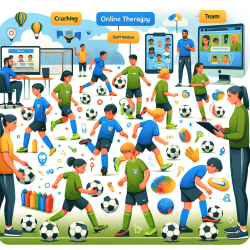Key Findings from the Study
The study analyzed data from 7,781 schoolchildren aged 9-10 years, revealing several important findings:- 11.6% of children reported asthma symptoms, but 41.8% of these had not been diagnosed by a doctor.
- Among those diagnosed, 67% received treatment, yet the treatment did not always result in good asthma control.
- Environmental factors such as exposure to passive smoking and traffic were linked to poorer asthma control in undiagnosed children.
- Diagnosed children were more likely to have severe asthma and other allergic conditions like eczema and rhinitis.
Practical Steps for Practitioners
To enhance asthma diagnosis and treatment in children, practitioners can implement the following strategies based on the study's findings:1. Increase Awareness and Education
Educate parents, teachers, and children about asthma symptoms and the importance of early diagnosis. Emphasize the role of environmental factors in asthma management and control.2. Improve Diagnostic Practices
Utilize comprehensive diagnostic tools, including skin prick tests and exercise tests, to identify asthma and related allergies. Ensure that children with asthma-like symptoms are thoroughly evaluated to confirm a diagnosis.3. Tailor Treatment Plans
Develop individualized treatment plans that consider the severity of asthma and any comorbid conditions. Ensure that treatments are appropriate and monitor their effectiveness regularly.4. Address Environmental Factors
Advise families on minimizing exposure to passive smoking and traffic-related pollutants. Promote healthy indoor environments by reducing allergens and pollutants.5. Foster a Collaborative Approach
Encourage collaboration between healthcare providers, schools, and families to ensure consistent management and support for children with asthma. This includes regular follow-ups and adjustments to treatment plans as needed.Encouraging Further Research
While the study provides valuable insights, ongoing research is essential to fully understand and address the complexities of childhood asthma. Practitioners are encouraged to stay informed about the latest research and incorporate new findings into their practice.To read the original research paper, please follow this link: Factors related to under-diagnosis and under-treatment of childhood asthma in metropolitan France.










